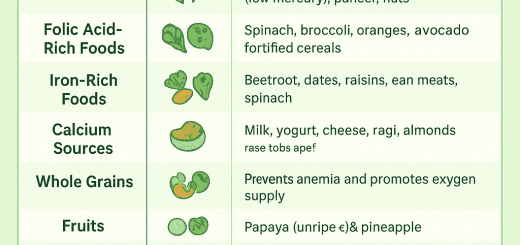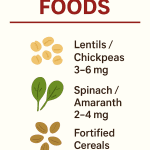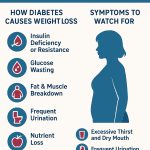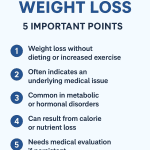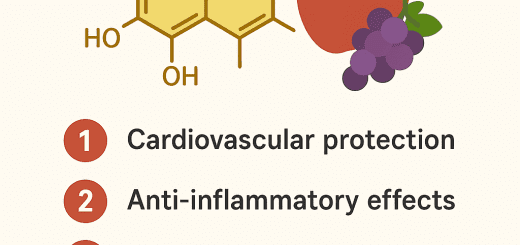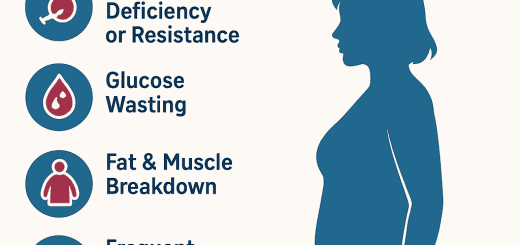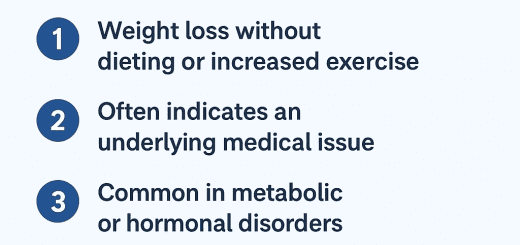Gestational Diabetes Mellitus (GDM): Diabetes In Pregnancy
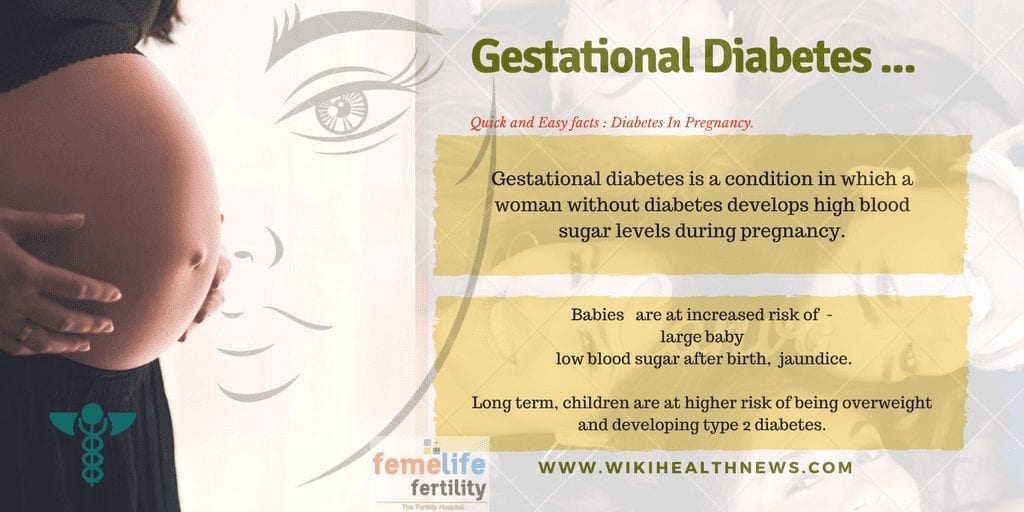
1.What is Gestational Diabetes Mellitus (GDM) ?
Gestational diabetes is a condition in which a woman without diabetes develops high blood sugar levels during pregnancy.
2. What are the complications of GDM?
Gestational diabetes increase the risk of pre-eclampsia, depression, Lrge baby and my require a Caesarean section.
3. What are the effects of untreated or poorly treated Gestational Diabetes?
Babies born to mothers with poorly treated gestational diabetes are at increased risk of being – too large, having Hypoglycemia(low blood sugar} after birth, and jaundice.
Untreated Diabetes in pregnancy – may result in a stillbirth. Long term, children are at higher risk of being overweight and developing type 2 diabetes.
4. What is still birth?
Stillbirth is typically defined as fetal death at or after 20 to 28 weeks of pregnancy.
5.What are the risk factors of developing Diabetes during pregnancy?
Risk factors of developing Diabetes during pregnancy are – overweight, previous gestational diabetes, family history of type 2 diabetes, and polycystic ovarian syndrome(PCOS).
6 How to diagnose Gestational Diabetes in a pregnant patient?
Diagnosis is done by blood tests.
For those at normal risk screening is recommended between 24 and 28 weeks’ gestation.
Patients at high risk ( Family history , overweight, PCOS ) – testing may occur at the first prenatal visit.
7.How to prevent Diabetes in Pregnancy( GDM)?
Prevention is by maintaining a healthy lifestyle , ideal body weight , healthy diet and exercising before pregnancy.
8.Which group of people are more affected in Gestational Diabetes?
Gestational diabetes affects 3–9% of pregnancies . It affects 1% of those under the age of 20 and 13% of those over the age of 44.
9.Which time of pregnancy it is commonly seen?
It is especially common during the last three months of pregnancy.
10. Dose it resolve after pregnancy?
In 90% of people gestational diabetes will resolve after the baby is born. Women with gestational diabetes are at an increased risk of developing type 2 diabetes. Some of them continue to be diabetics.
